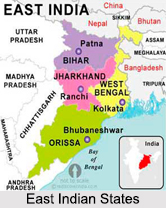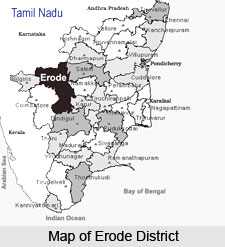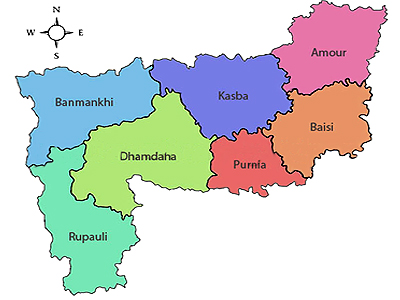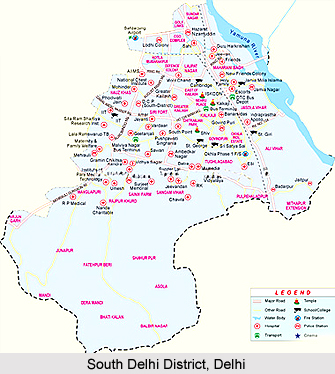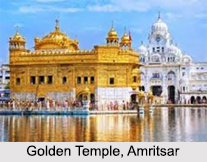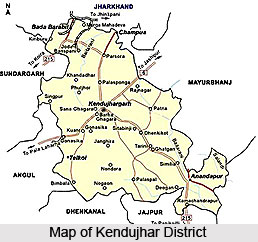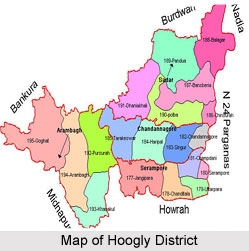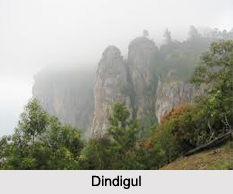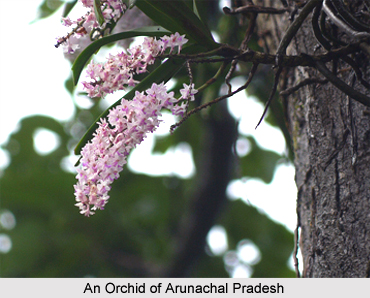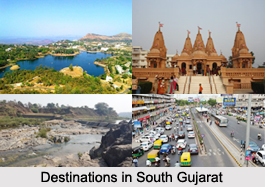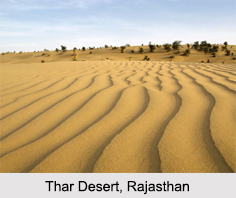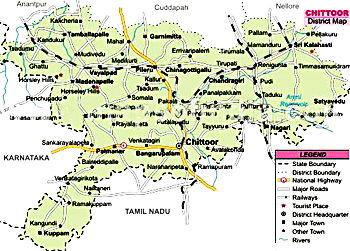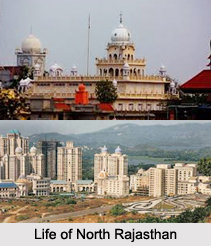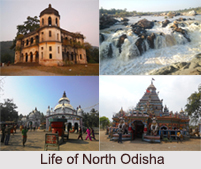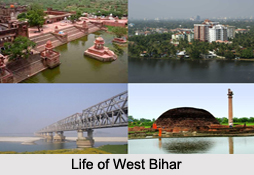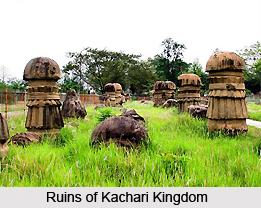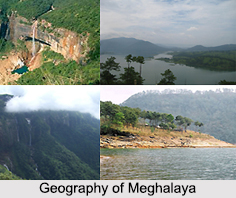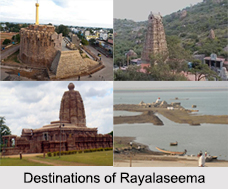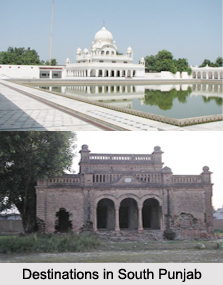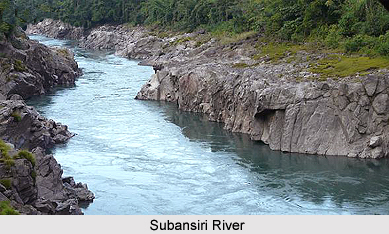 History of Lower Subansiri District reveals that the name of this district is derived from the Subansiri River, a branch of the Brahmaputra River that flows through Raga Circle of this district. Till the year 1914, the Lower Subansiri district was a part of Lakhimpur District of the state of Assam. Under the notification of the Government of India of 1914, the region covered by this Lower Subansiri district became a part of Lakhimpur Frontier Tract of the "North East Frontier Tract". In March of the year 1919 by another public Notification, the Lakhimpur Frontier Tract along with Western sector was renamed as the "Balipara Frontier Tract". Further, in 1946, the Subansiri district area was bent out of the Balipara Frontier Tract in the name of "Subansiri Area" with its headquarter at North Lakhimpur, Assam.
History of Lower Subansiri District reveals that the name of this district is derived from the Subansiri River, a branch of the Brahmaputra River that flows through Raga Circle of this district. Till the year 1914, the Lower Subansiri district was a part of Lakhimpur District of the state of Assam. Under the notification of the Government of India of 1914, the region covered by this Lower Subansiri district became a part of Lakhimpur Frontier Tract of the "North East Frontier Tract". In March of the year 1919 by another public Notification, the Lakhimpur Frontier Tract along with Western sector was renamed as the "Balipara Frontier Tract". Further, in 1946, the Subansiri district area was bent out of the Balipara Frontier Tract in the name of "Subansiri Area" with its headquarter at North Lakhimpur, Assam.
Moreover, in the year 1954, Subansiri area was again renamed as the "Subansiri Frontier Division" and its headquarter of this division was later transferred to Ziro a beautiful town in the state of Arunachal Pradesh. The Lower Subansiri district was also under the Ministry of External Affairs and some political officer was in charge of the area. On 1st of September, 1965, the administrative charges of this area were transferred to the Ministry of Home Affairs from the Ministry of External Affairs and thus the Subansiri Frontier Division was renamed as Subansiri District. The in charge Political Officer was re-designated as Deputy Commissioner, Additional Political Officer re-designated as Additional Deputy Commissioner, Assistant Political Officer as Assistant Commissioner and Base Superintendent as Circle Officer respectively. On 13th of May of the year 1980, Subansiri District was divided into Lower and Upper Subansiri District. Upper Subansiri District was formed by covering the area of the then Daporijo Sub-Division and rest of the region of former Subansiri District was positioned under Lower Subansiri district. Hence, finally on 22nd of September, 1992, Lower Subansiri District was further bifurcated, and the Papum Pare district was created.
This article is a stub. You can enrich by adding more information to it. Send your Write Up to content@indianetzone.com
